CO2 from the burning of fossil fuels has been rising at a steady level and now stands at 400 part per million, a level we have not seen for about three million years. However we do not have the weather and sea levels to go with 400 ppm as there is a long delay while the oceans, which absorb 90% of the new heat, take in the heat and let it out later.
This delay is estimated to be 40 years and so we are only having the weather in relation to the CO2 of 1970.
The last time the world had 400 ppm of sea level rise the sea level was 12 meters higher than today so that also has a long way to go.http://www.climateoutcome.kiwi.nz/

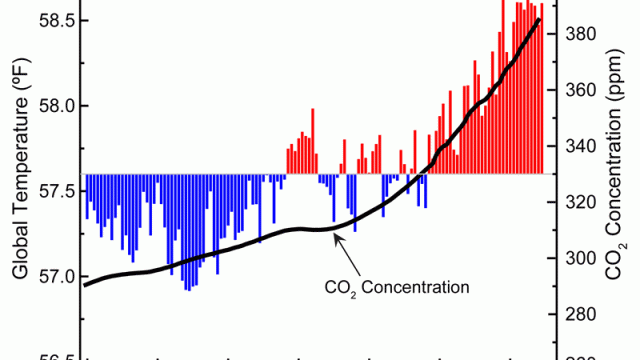
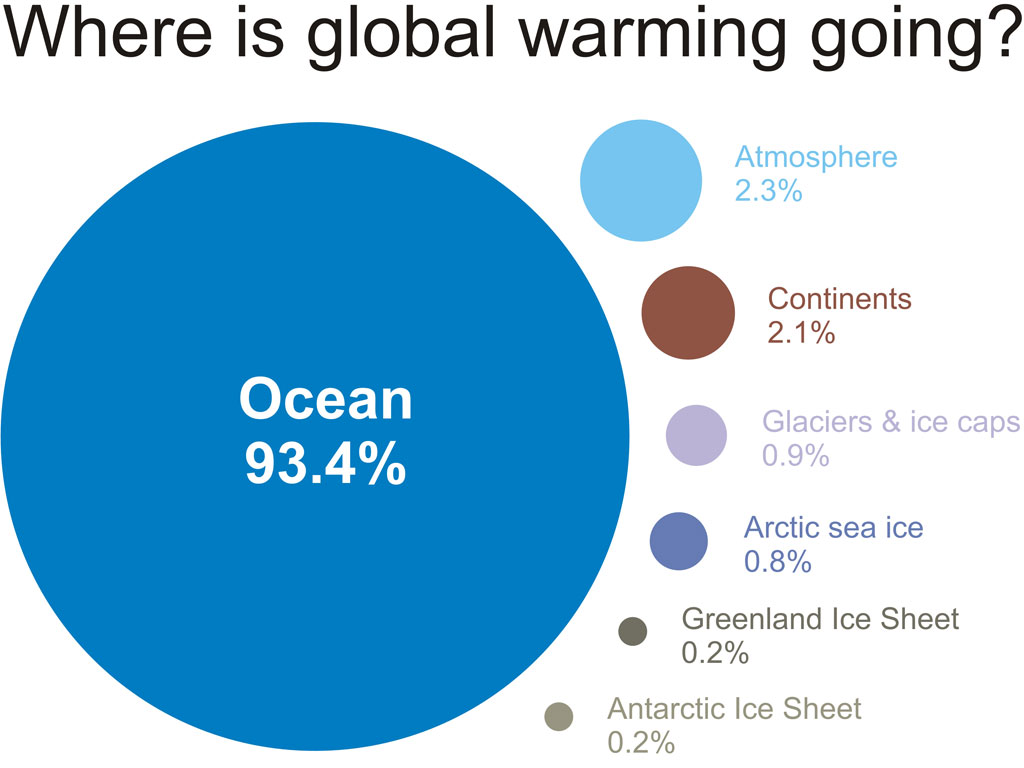
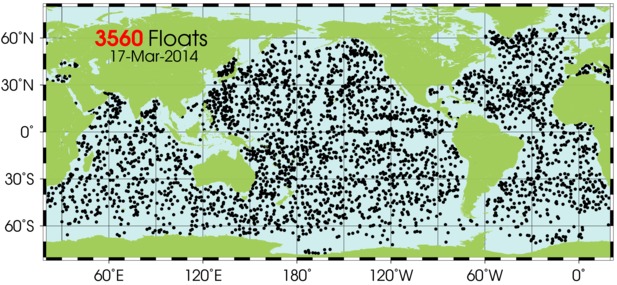
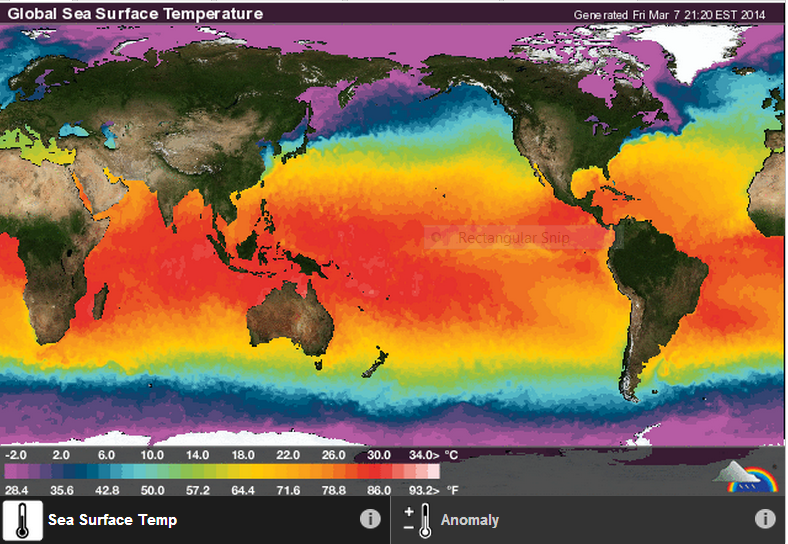
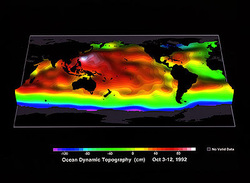
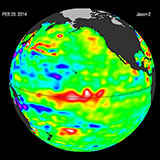
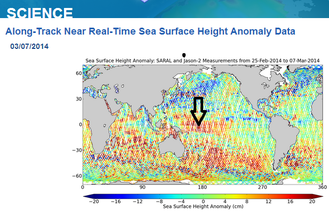
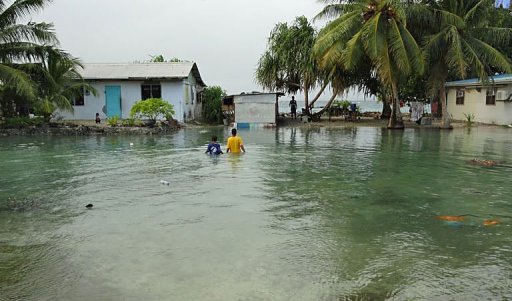

 RSS Feed
RSS Feed